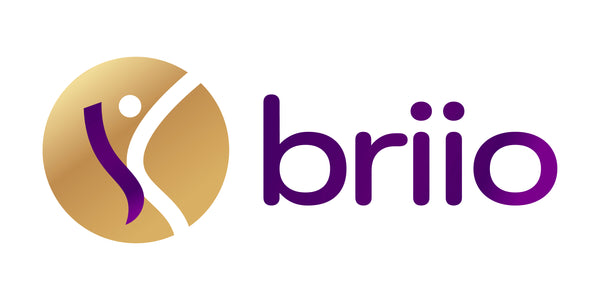Stretch to Success: How to Use the Sculpting Strips the Right Way
Share
Ever wondered why we talk so much about stretch percentages when it comes to applying the Sculpting Strips? Stretching isn’t just about applying the strips—it’s about understanding how they work with your skin to give you the best results without causing discomfort. Let’s break it down!
What Are Stretch Percentages?
Stretch percentages describe how much the strip leg is stretched compared to its original length. Think of it like this:
- 0% Stretch: The strip’s natural length (no stretch at all).
- 15% Stretch: The strip leg is stretched by 15% of its original length.
- 20% Stretch: Stretched by 20%.
- 30% Stretch: A 30% increase in length.
- 50%-100% Stretch: Way too much for the Sculpting Strips! These levels can cause irritation and reduce effectiveness.
How Stretching Works with the Sculpting Strips
When you apply the strips, a little stretch helps lift the skin to promote lymphatic drainage and blood flow. However, not all applications require the legs to be stretched because your skin often does the work naturally during application. Stretching beyond what’s needed can lead to overstretching, which may cause skin irritation or temporary marks.
How Much Longer Does Each Stretch Make the Strip?
Our Sculpting Strips start at 30 cm (11.8 inches) in length. Depending on the stretch, here’s how much longer they get:
- 15% Stretch: Becomes 34.5 cm (13.6 inches)
- 20% Stretch: Becomes 36 cm (14.2 inches)
- 30% Stretch: Becomes 39 cm (15.4 inches)
- 50% Stretch (not recommended): Becomes 45 cm (17.7 inches)
- 100% Stretch (definitely not recommended): Becomes 60 cm (23.6 inches)
For most applications, a gentle 15%-30% stretch is all you need to achieve amazing results!

Understanding Your Skin Layers
The Sculpting Strips work by gently lifting the skin to target specific layers, including:
- Epidermis: The outermost layer of skin. This is where initial lifting occurs to promote smoothness.
- Dermis: The second layer of skin, rich in collagen and elastic fibers. This layer benefits from improved circulation and lymphatic flow.
- Fascia: The connective tissue beneath the dermis that holds everything in place. Proper stretch helps stimulate this layer, promoting better support for muscles and skin elasticity.
The right stretch percentage ensures you’re targeting the epidermis, dermis, and fascia without overstressing the skin or adhesive.
How to Visually Measure Stretch Percentage
Not sure how to gauge 15%, 20%, or 30% stretch? Here’s a simple trick:
- Anchor with 0% Stretch: Lay the anchor flat with no tension.
-
Stretch Gently: Hold the strip and stretch it slightly.
- For 15% Stretch, gently stretch the strip just beyond its natural length (around 1/6 more).
- For 20% Stretch, pull it slightly more, about 1/5 longer than its original length.
- For 30% Stretch, extend it about 1/3 longer than its natural length.
- Apply: Once you’ve achieved the desired stretch, lay it onto the skin and smooth it down. Always stop stretching when it feels comfortable.
Tip: If in doubt, stretch less rather than more. It’s better to apply too little stretch than risk overstretching.
Do’s and Don’ts of Stretching
DO:
✔️ Start with a 0% stretch for anchoring the strips securely.
✔️ Use a 15%-30% stretch for most applications—this is your sweet spot!
✔️ Apply one leg at a time, peeling the backing off as you go.
DON’T:
❌ Stretch too far—it can cause skin irritation or overstretch the adhesive.
❌ Apply maximum stretch (50%-100%)—this isn’t necessary and can create unwanted tension.
Why Does 15%-30% Work Best?
Stretching within this range:
✨ Gently lifts the skin to promote lymphatic flow and circulation.
✨ Targets the right skin layers (epidermis, dermis, and fascia) for firming and toning.
✨ Prevents irritation, marks, or discomfort.
And remember, not all applications require stretching the legs of the strip. When your skin is already stretched during application (like when bending a joint), extra stretch on the strip is unnecessary and may do more harm than good.
Stretching That Works for You
Using the Sculpting Strips correctly is the key to achieving smooth, firm, and toned skin. By understanding how stretch percentages work, you’ll not only boost the effectiveness of the strips but also ensure they’re comfortable and safe for your skin.
